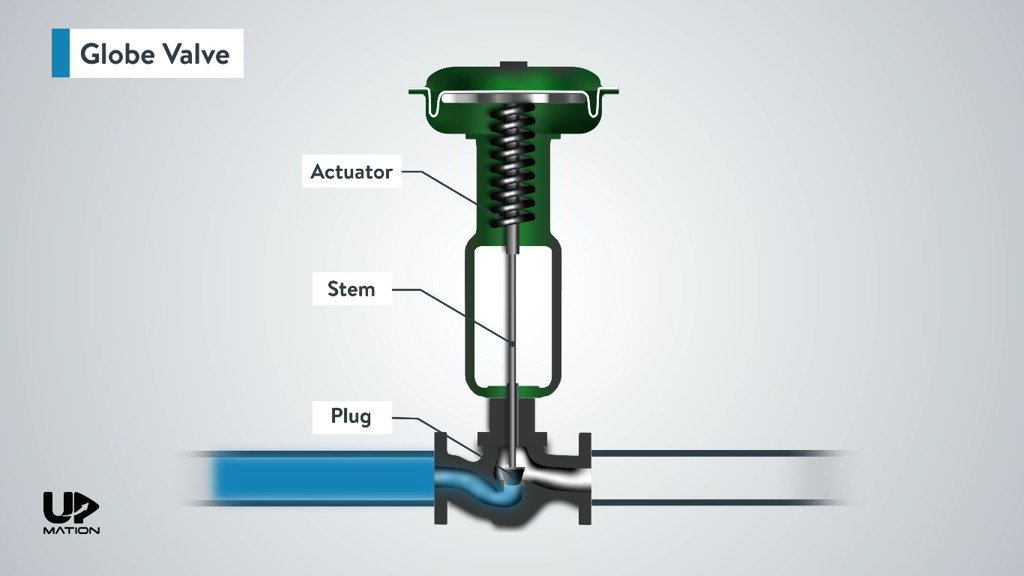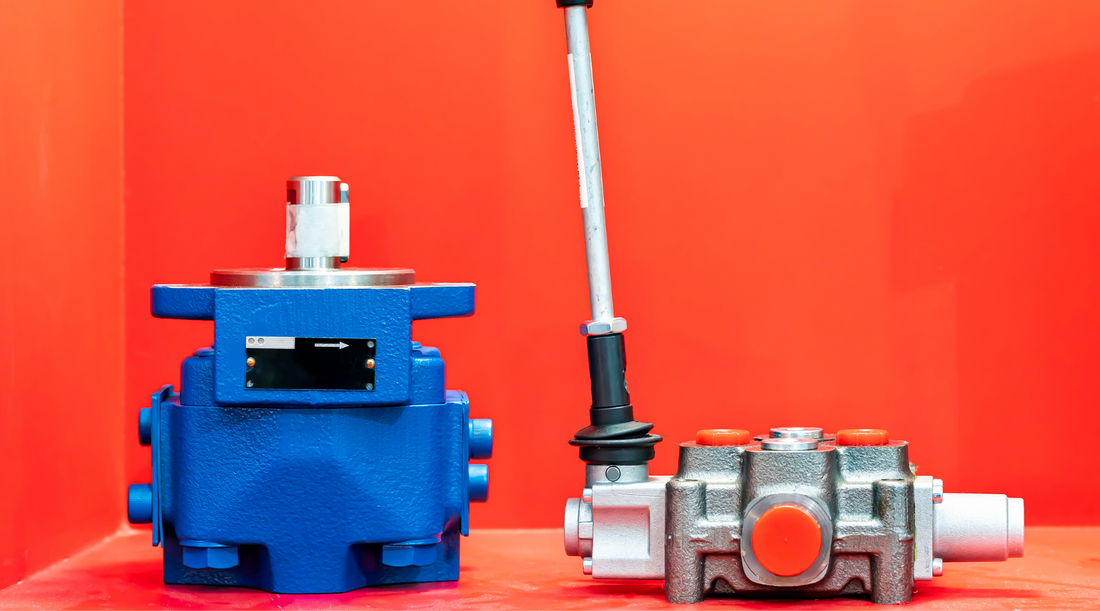
Maximize Power Savings and Comfort With Advanced Building Automation Controls
In the realm of modern-day architecture and facility monitoring, the integration of sophisticated structure automation controls stands as an essential improvement. By utilizing the power of automation, structures can adapt, react, and progress in means that were when unimaginable.
Energy Performance Benefits
Power effectiveness advantages can significantly decrease energy consumption and functional expenses in buildings. Energy-efficient systems, such as advanced building automation controls, can optimize the usage of sources like cooling, lighting, and heating, leading to reduced energy expenditures over time.
Moreover, boosted energy efficiency can prolong the lifespan of structure equipment and systems. By running extra effectively, cooling and heating systems, lighting fixture, and other structure components experience much less deterioration, resulting in lowered maintenance and substitute costs. In addition, energy-efficient structures commonly command greater residential or commercial property worths and rental prices, offering long-term financial benefits to owners.
Furthermore, power performance can enhance passenger comfort and efficiency. Properly controlled indoor settings with ideal illumination and thermal problems create an even more favorable and enjoyable work area, causing boosted employee satisfaction and efficiency. On the whole, the energy effectiveness advantages connected with innovative building automation controls are diverse, encompassing price savings, ecological stewardship, and occupant health.
Enhanced Convenience Control
Enhancing convenience control in building settings requires an innovative combination of advanced automation systems for optimum owner well-being. By making use of sophisticated structure automation controls, centers can tailor the interior environment to fulfill the particular requirements and preferences of residents. These systems allow exact regulation of lights, air flow, and temperature level, producing a efficient and comfortable atmosphere. Resident satisfaction and efficiency are carefully linked to thermal comfort, making it necessary to have systems in location that can adjust to transforming conditions in real-time.
Enhanced convenience control surpasses fundamental temperature changes. It consists of functions such as individualized settings, tenancy sensing units, and all-natural light use to create a responsive and dynamic setting. By integrating these advanced controls, structures can not only improve comfort yet likewise improve power efficiency by enhancing system operations based upon actual tenancy and usage patterns. Inevitably, focusing on occupant convenience through sophisticated automation systems causes a much more enjoyable and much healthier interior environment.
Functional Efficiency Improvements

In addition, the implementation of real-time surveillance and analytics devices allows structure drivers to determine power ineffectiveness and functional abnormalities quickly. By continually keeping an eye on power usage patterns and system performance metrics, modifications can be made in real-time to maximize energy usage and make sure peak functional efficiency. control valves. Furthermore, incorporating demand action approaches into building automation controls can even more improve functional performance by dynamically readjusting energy usage based on grid conditions and pricing signals
Indoor Climate Optimization
Effective interior environment optimization is an essential element of structure automation controls, ensuring occupants' comfort and well-being while making the most of energy cost savings. By using sophisticated sensing units and controls, constructing automation systems can continually monitor and adjust temperature, great post to read moisture levels, air quality, and ventilation to produce an ideal interior setting. Preserving comfortable and consistent conditions not only enhances occupant complete satisfaction but also increases productivity and overall health.
Interior environment optimization likewise plays an important function in energy efficiency. By fine-tuning ventilation, air conditioning, and home heating systems based on real-time data and tenancy patterns, building automation controls can considerably reduce energy intake - control valves. Carrying out techniques such as demand-controlled air flow and thermal zoning can assist reduce energy waste while making certain that each area of the structure receives the essential conditioning.

Sustainable Setting Production
Building automation controls not just enhance indoor environment conditions for energy performance and owner convenience yet likewise lay the foundation for developing a lasting environment through strategic monitoring of resources and systems. By integrating innovative structure automation innovations, such as sensors, actuators, and intelligent software program, centers can adjust and keep an eye on power usage in real-time to reduce waste and reduce their carbon footprint. These systems allow anticipating upkeep, determining prospective issues prior to they escalate and maximizing devices efficiency to improve longevity and performance.
Additionally, sustainable environment development expands past power administration to include water conservation, waste decrease, and indoor air quality enhancement. Building automation controls can manage water usage, detect leakages, and guarantee proper garbage disposal practices, adding to total sustainability efforts. Additionally, by keeping track helpful site of and managing air flow and purification systems, these modern technologies boost occupant health and productivity while lowering power consumption connected with a/c procedures.
Conclusion
To conclude, progressed building automation manages deal substantial benefits in regards to energy cost savings, convenience control, operational performance, indoor environment optimization, and creating a lasting setting. By executing these controls, buildings can accomplish optimal efficiency while decreasing power consumption and boosting passenger comfort. It appears that using advanced automation innovation is essential in improving building performance and developing an extra sustainable future.
Power performance benefits can significantly minimize power consumption and operational costs in structures. Generally, the power performance advantages linked with advanced building automation controls are multifaceted, including price savings, ecological stewardship, and occupant well-being.
In addition, incorporating need action approaches right into building automation controls can further improve functional performance by dynamically readjusting energy usage based on grid problems and prices signals.
Building automation regulates not just enhance indoor environment conditions for energy performance and passenger convenience yet likewise lay the structure for producing a lasting atmosphere with calculated monitoring of systems and resources.In verdict, advanced structure automation controls deal significant benefits in terms of power cost savings, convenience control, functional performance, interior climate optimization, and producing a sustainable atmosphere.